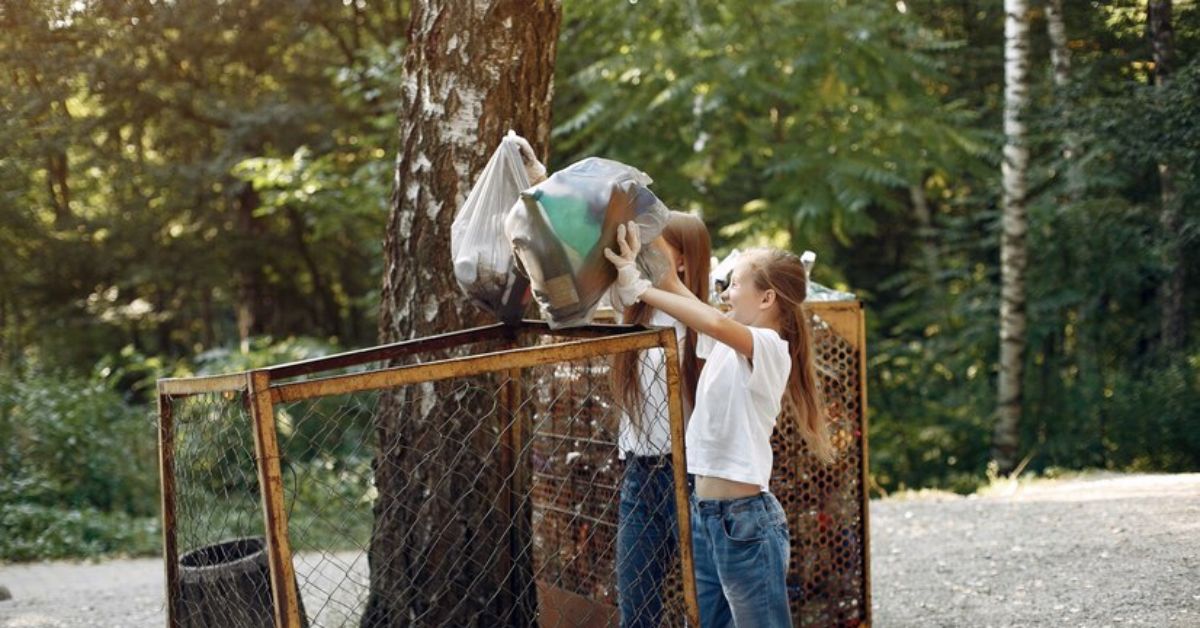Common Urban Wildlife Challenges
Urban areas, bustling with life and activity, often become home to various types of wildlife. Raccoons, birds, rodents, and even larger mammals like deer and coyotes find shelter and food in cities and suburbs. While it’s fascinating to witness wildlife adapting to urban environments, these animals can sometimes become unwanted guests. They may invade homes, damage property, or pose health risks. For instance, raccoons can tear up roofs and attics while searching for nesting spaces, causing significant structural damage. Meanwhile, rodents can gnaw through wires and pipes, leading to costly repairs.
Health concerns also arise from the presence of urban wildlife. Many animals carry diseases that can be transmitted to humans and pets, such as rabies or Hantavirus. It becomes crucial to address these challenges proactively. Professionals can devise solutions that protect residents and the animals, maintaining an ecological balance while safeguarding human health.
Humane Ways to Handle Urban Wildlife
Humane methods are imperative when dealing with wildlife in urban settings. Conventional animal control often focuses on trapping and relocation, but these practices may harm the animals or disrupt their natural behaviors. Innovative deterrents that are both effective and kind offer alternatives. Using sprinkler systems that activate with motion sensors can scare away animals without causing suffering. Similarly, utilizing bright lights or loud noises can deter animals from loitering around properties, proving to be an effective means to discourage unwanted visitors. Seeking professional assistance for animal removal ensures safe and effective handling of wildlife encounters.
Eco-Friendly Solutions for Wildlife Management
Eco-friendly wildlife management is a sustainable approach that respects the coexistence of humans and animals within urban landscapes. Many urban dwellers are turning to natural repellents, such as peppermint or eucalyptus oils, effectively deter pests like rodents and birds without harming them. Moreover, planting certain herbs and plants can naturally deter animals while enhancing the garden’s aesthetics. For example, lavender and garlic are known to repel deer. These efforts contribute to the diversity and health of urban ecosystems, promoting better air quality and psychological benefits for human residents. However, in cases where wildlife poses a direct threat or inhabits unwanted spaces, professional services like bat removal can be necessary. These services ensure that bats are safely relocated from homes and buildings, preserving both human safety and the well-being of these beneficial creatures while maintaining the ecological balance in urban environments.
Educating the Community
Community education is vital for effective urban wildlife management. By fostering a culture of awareness and understanding, communities can minimize conflicts with wildlife. Encouraging local initiatives such as wildlife workshops or informational sessions can educate residents on identifying wildlife behaviors and implementing proactive measures. Emphasizing the importance of non-lethal practices and habitat conservation can reshape attitudes towards urban wildlife, encouraging coexistence rather than conflict. Evolving urban spaces into nature-friendly environments involves creating habitats that encourage diverse species while preventing conflicts.
Education can also extend to school programs, where children learn about local wildlife species and the importance of biodiversity. This knowledge lays the foundation for a generation that values and protects nature within urban settings.
Preventive Measures to Keep Wildlife at Bay
Prevention is a key strategy in managing urban wildlife effectively. Simple yet strategic steps can deter unwanted wildlife from making their homes in urban residences. Ensuring garbage is stored in tightly sealed bins deters animals like raccoons and opossums, which are attracted to easy food sources. Regularly cleaning outdoor areas and removing food scraps reduces the likelihood of attracting wildlife.
Maintenance Strategies
Beyond essential prevention, maintaining homes and properties is crucial to thwart wildlife intrusion. Regular inspections of homes can identify vulnerable spots that require repairs. Focus on sealing cracks and holes in building exteriors and maintaining doors and windows to bar entry to small creatures. Installing chimney caps and vent covers can further restrict access to areas where wildlife typically seeks refuge.
Maintaining a tidy landscape also plays a role in prevention. Trimming tree branches that overhang roofs and storing firewood away from buildings can prevent animals from using vegetation as pathways into homes.
The Role of Professional Wildlife Services
Professional intervention sometimes becomes the best option to manage escalated wildlife problems. Wildlife services offer expert knowledge and humane practices for resolving conflicts between humans and animals. When choosing a service, adopting ethical practices prioritizing the animals’ well-being and residents’ safety is critical. Professionals often assess the situation comprehensively, deploying safe, tailored strategies for all involved.
Moreover, some services provide ongoing assistance, helping communities adapt to living alongside wildlife. This includes advising on habitat improvement and preventive measures that residents can implement independently.
Benefits of a Balanced Urban Ecosystem
A balanced urban ecosystem offers numerous benefits, supporting human and wildlife populations. When wildlife management is done thoughtfully, it prevents the overpopulation of any one species, reducing the stress on urban environments. This delicate balance contributes to the ecosystem’s health, benefiting air and water quality and decreasing urban heat by promoting vegetation.
Modern urban planning increasingly incorporates elements that foster wildlife-friendly landscapes. Such planning enhances biodiversity and provides residents with green spaces that improve mental health and well-being. Including green roofs, community gardens, and wildlife corridors in city planning are groundbreaking steps toward sustainable urban living.
Future urban development should strive for innovative designs harmonizing the built environment with nature. Innovative projects highlighted on the Science Daily website reveal how the integration of wildlife elements into urban planning can create cities that are both sustainable and pleasant to live in, celebrating coexistence rather than conflict.











